Whale shark
Rhincodon typus
The Nosy Be region is home to a number of marine species, including the whale shark, mainly juveniles which is a common sight when out at sea. Every year, more and more tourists from all over the world come to the region to meet these “gentle giants”.
The best time of year to see them is from October to December, but they can be seen the rest of the year when scuba diving or on a cruise.
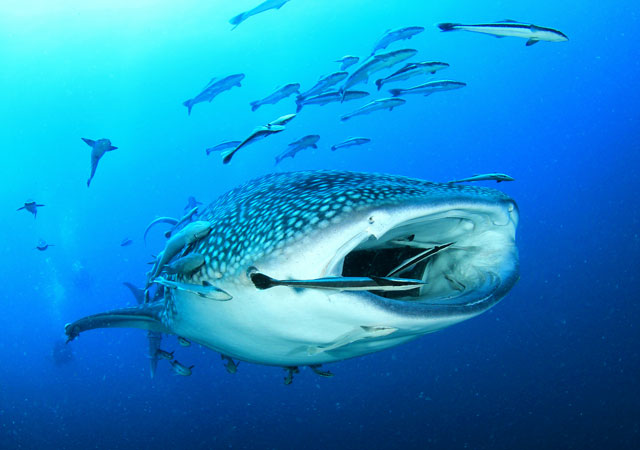
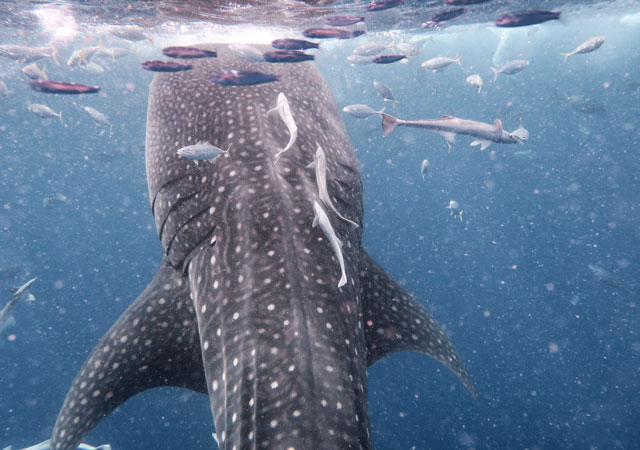
Whale sharks may impress with their huge, massive size, but in reality they are harmless, non-aggressive fish. They feed mainly on plankton, which they filter, krill, small fish and squid.
They travel at a slow pace (around 5 km/h) but are capable of covering thousands of kilometres during their migrations. They are generally rather solitary, although groups can sometimes be seen in certain lagoons during the animal’s reproduction period or that of the corals, as they also feed on the milky soup that the corals disperse.

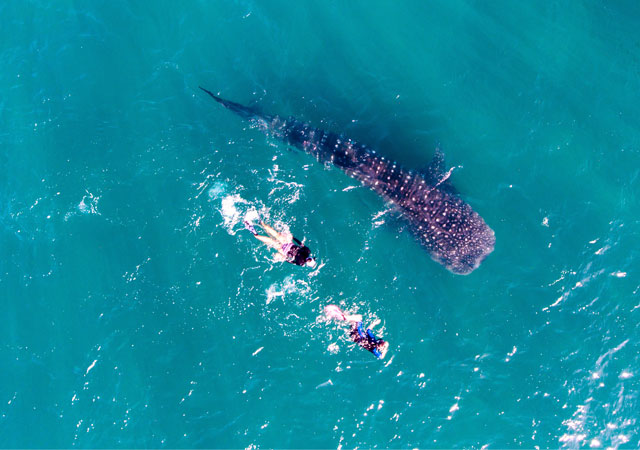
Although we still don’t know what happens during gestation, we do know that the young are born fully formed and measure around 45 to 50 cm in length, and that the fish reaches sexual maturity between 20 and 30 years of age.
Their average life expectancy is estimated at 70 years, although they can live for 100 years or more. These fish have no known predators apart from killer whales and, above all, humans.
Although they are neither a threat to divers nor to humans in general, these harmless creatures are unfortunately under increasing threat from human activity and overfishing. Whale sharks are currently listed as a vulnerable species by the International Union for Conservation of Nature (IUCN).
Whale sharks are docile and very easy to approach, which is why we strongly advise against touching them, so as not to transmit diseases and bacteria to them. A few metres are needed to observe them respectfully and, above all, to facilitate their movements.
We are committed to introducing you to this wonderful creature in a respectful and gentle way, so as to disturb it as little as possible and leave you with the memory of an unforgettable creature.
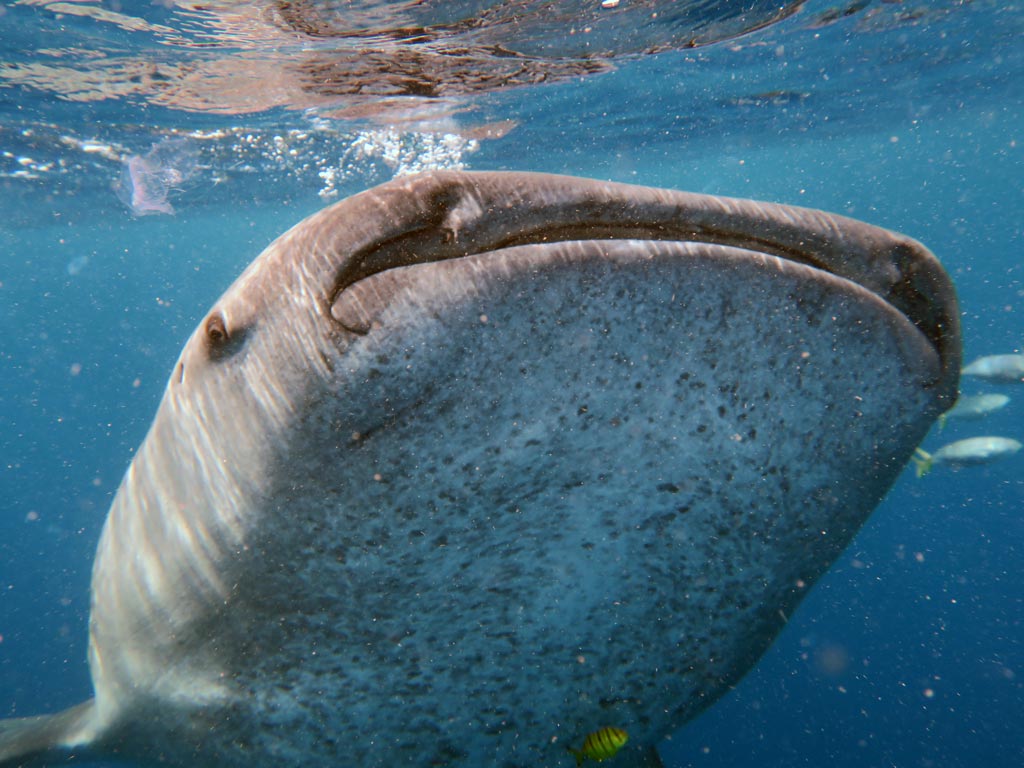

Biodiversity
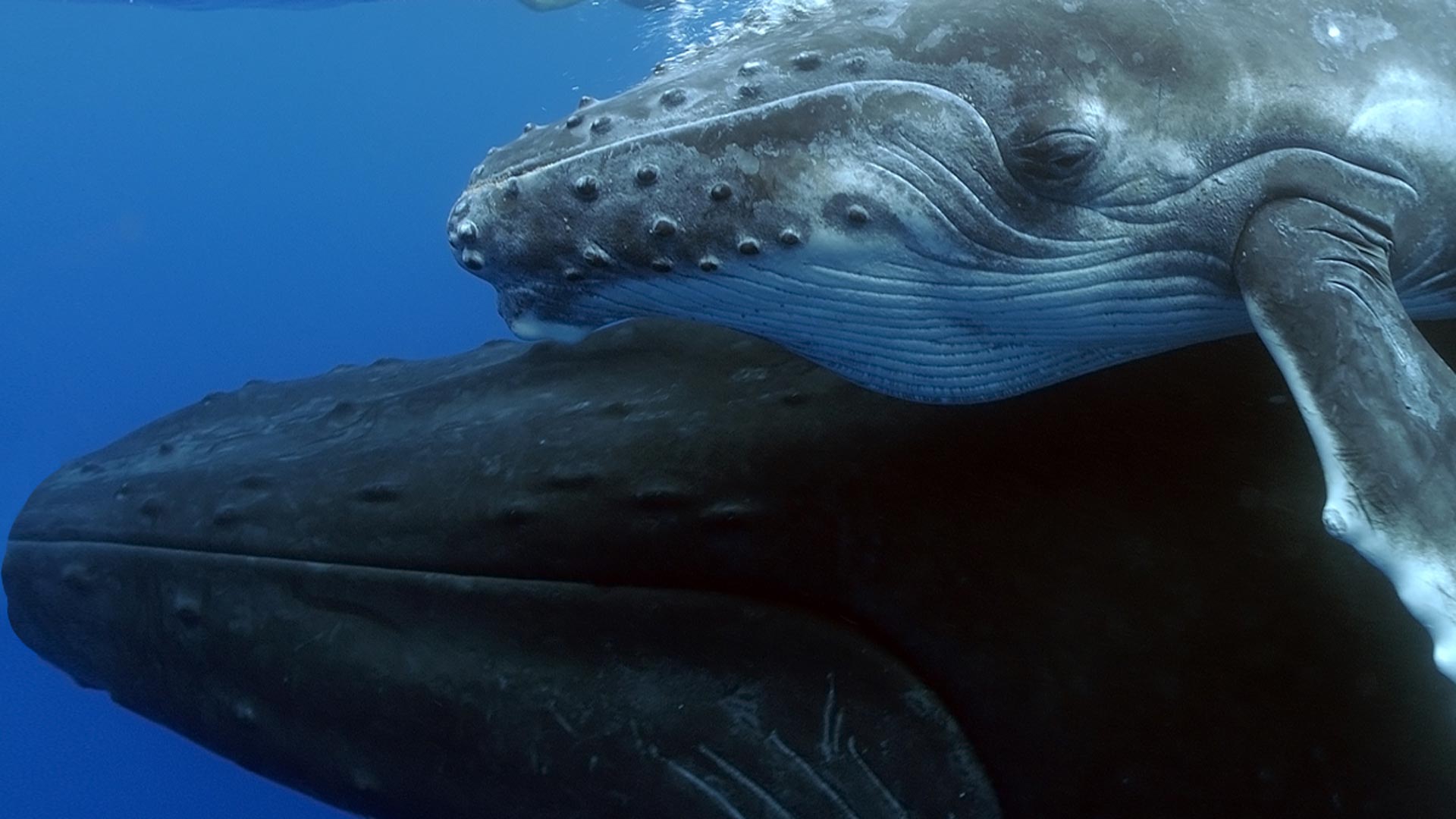
Whale
From August to October, we spot and approach groups of whales without disturbing them.
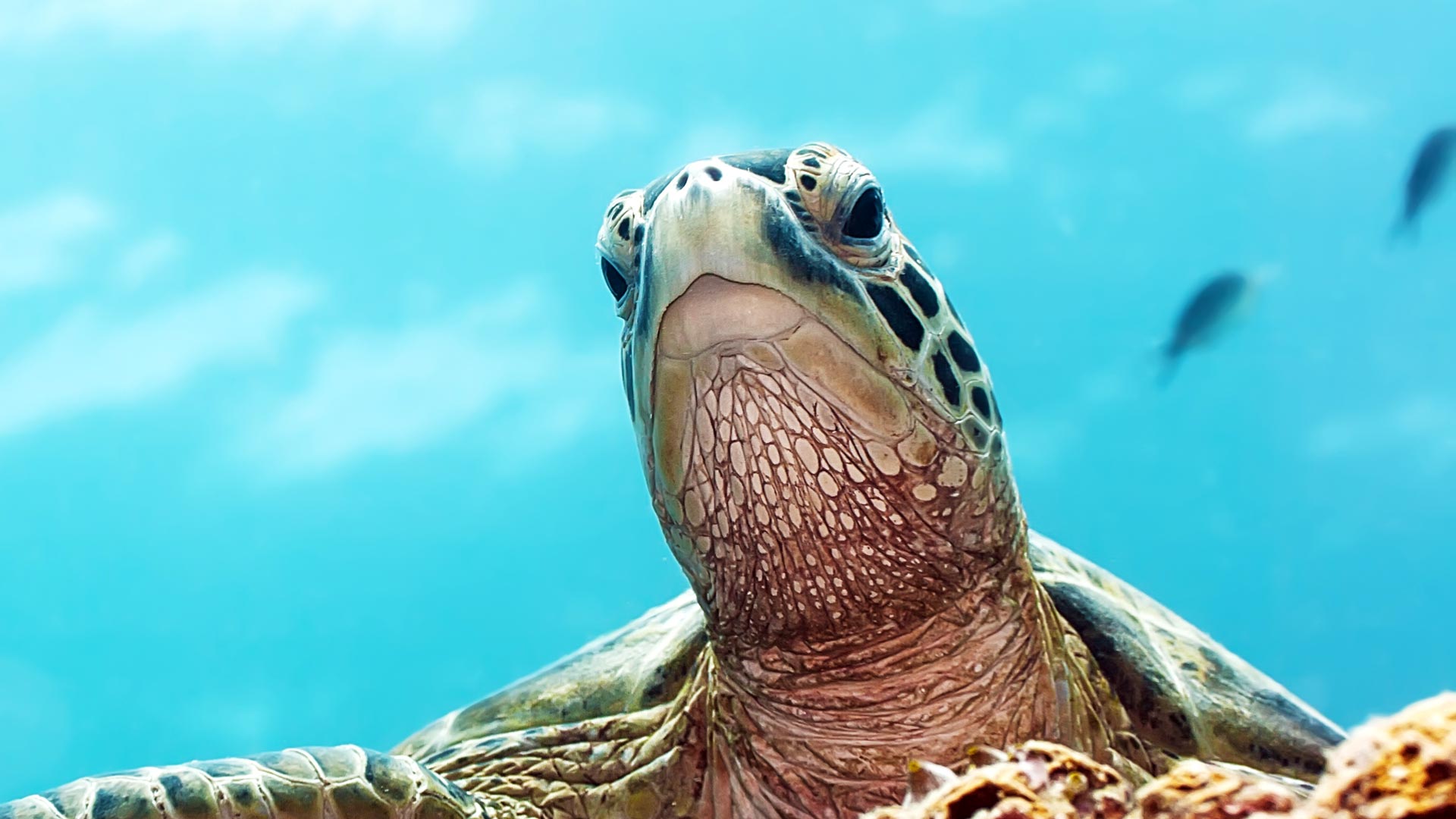
Turtle
Dive or snorkel to observe the green turtles and hawksbill turtles present in the region.



